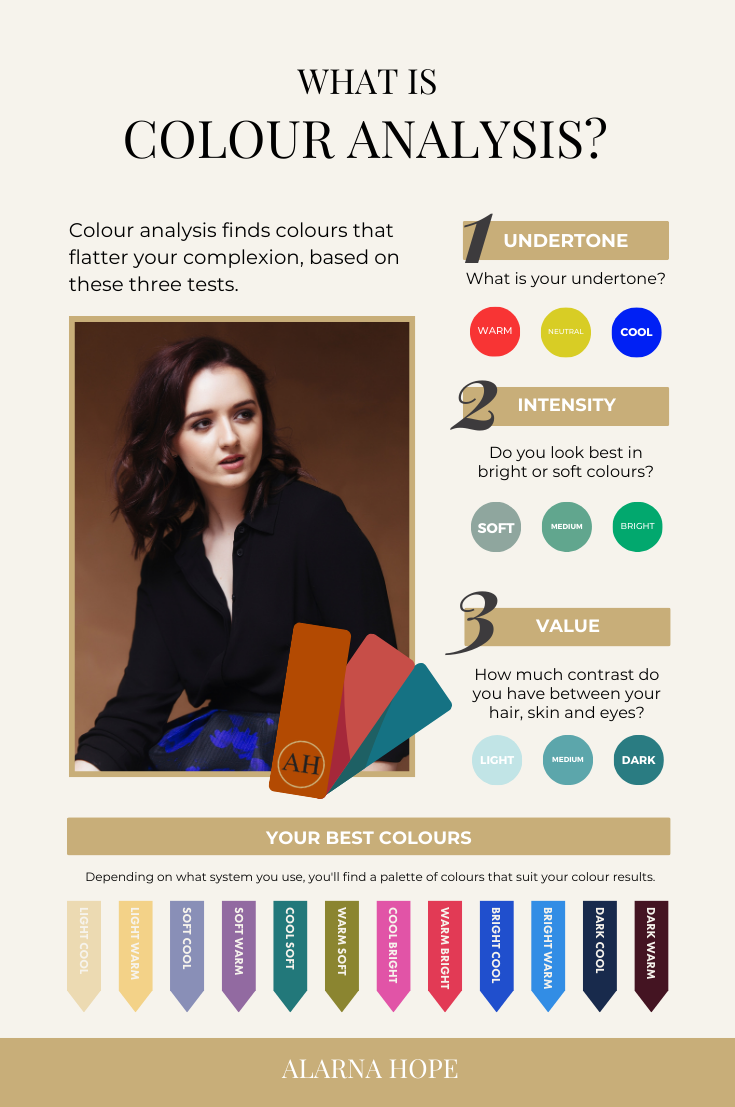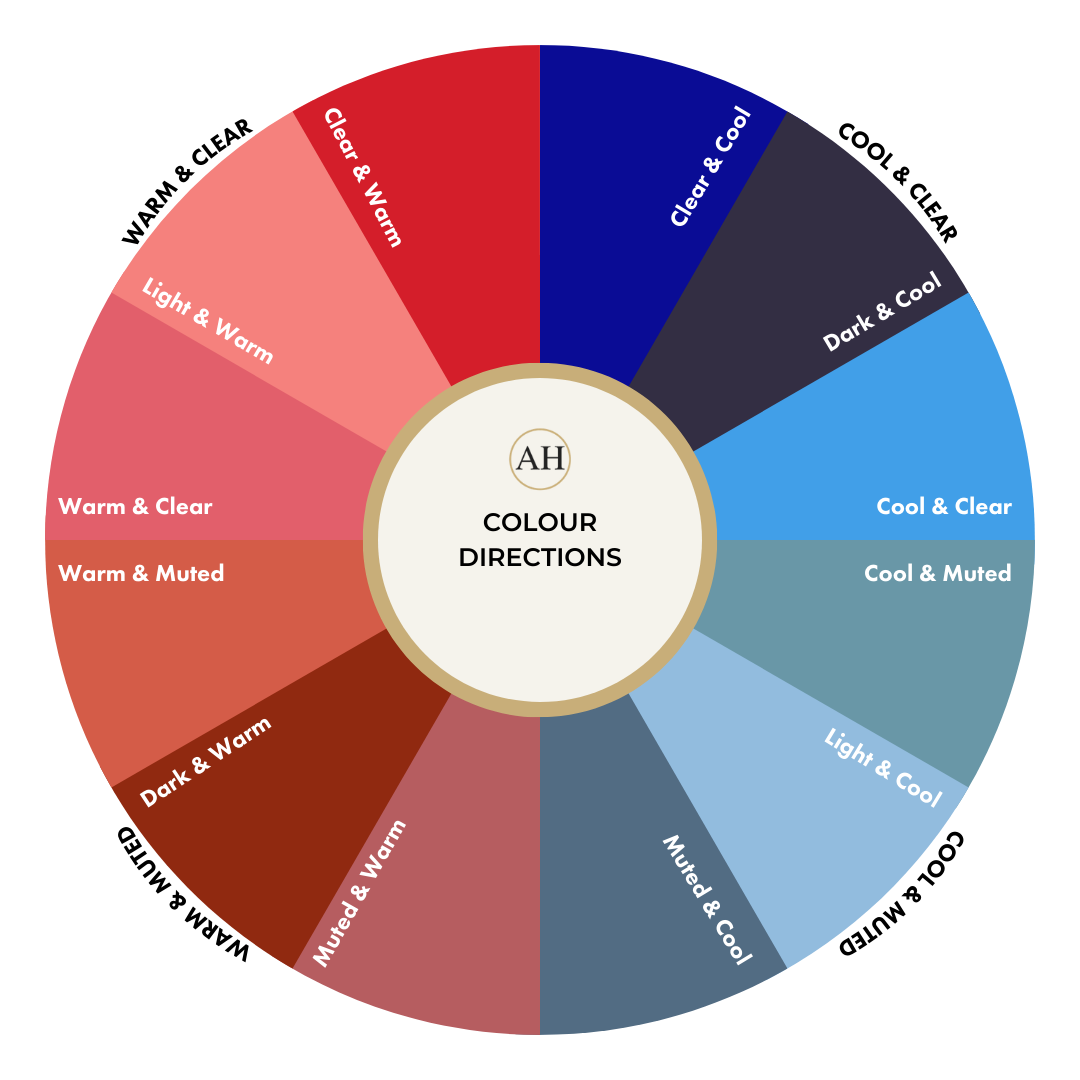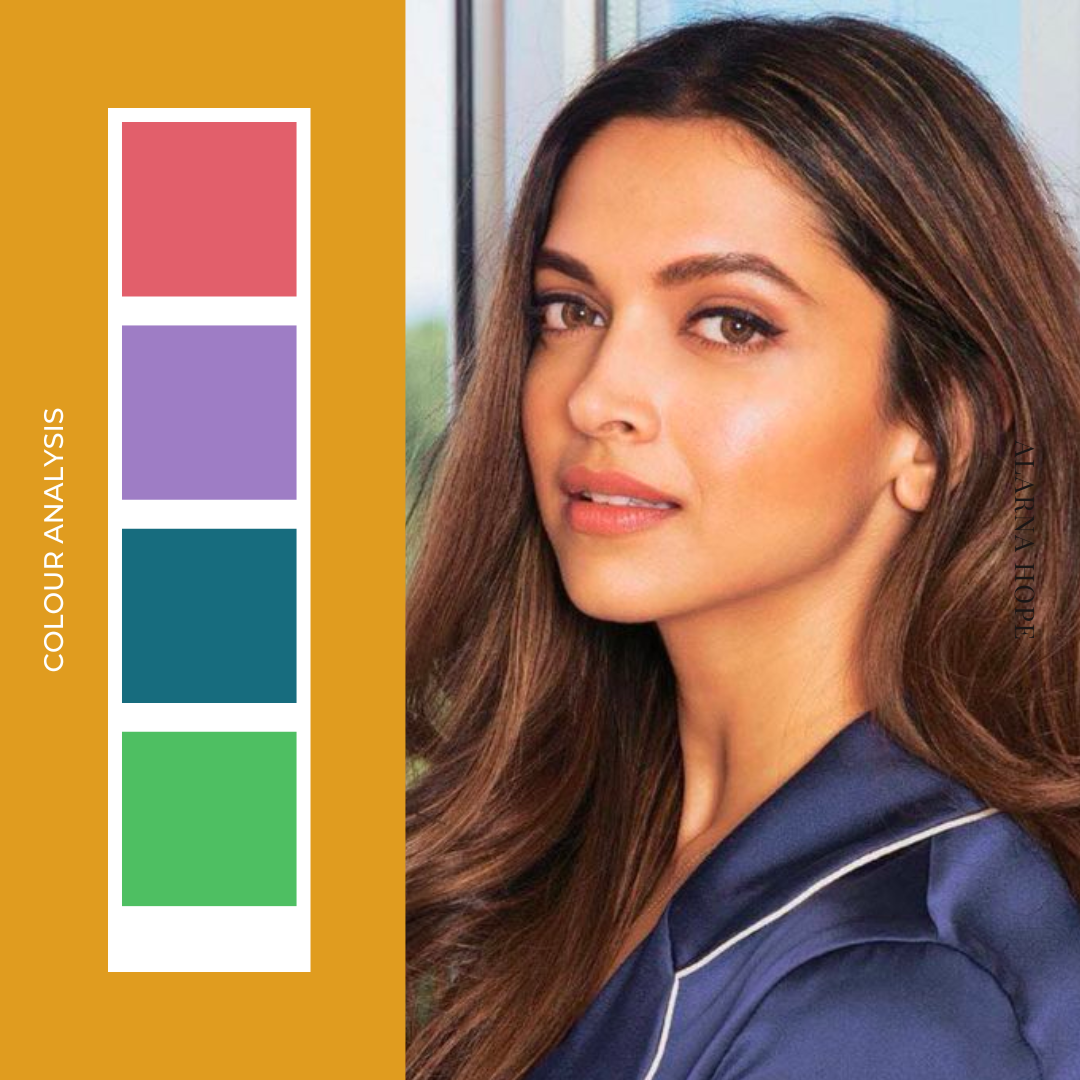What Is Colour Analysis? Is it worth it?
Are you seeing Colour Analysis popping up on your social media? Are your friends talking about what their ‘Colour Season’ is? I’m here to bring you up to speed on what colour analysis is. The differences in Seasonal Colour Analysis amongst other theories and help you determine if Colour Analysis is worth it when building a wardrobe you love.
What is Colour Analysis?
Colour Analysis is a process that helps a person determine what colours flatter their natural complexion, eyes and hair colour without the help of makeup, hair colour change, fake tan or a camera filter. If you’ve noticed some colours look great on you, while others don’t, it is because the colours that do work on you, share the same qualities as you. Colours that flatter you will have the same undertone, contrast and intensity levels that you have. When you have your colours analysed, you can determine the answers to these three qualities.
How do you find your best colours?
Determining Your Skin Undertone: This can be warm, cool, or neutral (which is a balance of both warm and cool). Your undertone shouldn’t be confused with your hair undertone, or eye undertone - that is seperate. Whether you have a tan in summer and go pale in winter, is also seperate - this is called an overtone. A Colour Analyst will test your skin undertone first.
Determining Your Chroma or Intensity: This test determines whether radiant and bright colours suit you, or if soft and muted colours suit you best.
Determining Your Value or Contrast: This is how light or dark the colours are that you wear best. This can be determined by assessing the contrast levels between your hair skin and eyes.
What is Seasonal Colour Analysis?
Seasonal colour analysis is a colour consulting method used to determine the most flattering colours for individuals based on their skin tone, hair colour, and eye colour and assign them to a colour group called a ‘season’. This system categorises peoples best colours into fitting one of four groups: Spring, Summer, Autumn and Winter.
What is the difference between Four-Season Colour Analysis and Twelve-Season Colour Analysis?
The main difference between the four-season colour analysis and twelve-season colour analysis lies in the level of detail. The four-season analysis categorises individuals into four groups: Spring, Summer, Autumn, and Winter, based on their undertone and intensity. On the other hand, the twelve-season analysis, further divides each season into three additional variations, resulting in a more specialised categorisation that takes into account more subtle nuances in skin tone, enabling individuals to find their most harmonious colours. As someone who has trained in both, I find twelve-season analysis far more accurate.
Is Seasonal Colour Analysis accurate?
Seasonal Colour Analysis became popular in the 80’s as was less accurate back then, but it has come a long way and there are more studies behind it, making it a great option for those wanting a colour analysis. This is the most popular form of colour analysis and it does a great job in helping people feel great in colours, but it’s not the only form of analysis available and training in this theory is not standardised.
Due to the vast amount of training systems around and the diversity in those training systems, seasonal analysis is not always seen as thorough enough but I think this comes down to the training of the consultant you’ve hired. When I first started learning Colour Analysis, we weren’t trained with a single person who wasn’t caucasian - this meant that myself and many of my peers had a very narrow understanding of how to analyse a person. When I advanced my studies, I was able to test on various races, skin types and people in a range of age groups, but I still find a lot of online content around Seasonal Colour Analysis is catered to caucasian women. This is what caused me to shift my training to another system, which I go into detail on below.
Is Seasonal Colour Analysis custom?
No, it’s a general guide. Just like ‘Body Shape Analysis’ where you can learn what shapes of clothing generally suit you, Seasonal Colour Analysis - particularly 4-Season Colour Analysis should be used as a general guide. I think it’s an excellent starting point for anyone trying to understand why some colours flatter them and others don’t. Twelve-season is far more accurate, however, if you’re testing yourself using an online colour analysis quiz or a filter, remember, this form of Colour Analysis is about fitting you into a category, rather than providing a custom set of colours that really suit you. An experienced Colour Consultant can look through a palette you’ve been assigned and refine it further, keeping only colours that really work well on you.
What other Colour Analysis systems are there?
Each Colour Analysis method I’ve come across starts with the same three tests: Undertone, Chroma & Contrast. The main difference between each method is the number of colour categories available to the client and how customisable they are.
Munsell Direction Theory: Also known as Directional Colour Analysis or Tonal Colour Analysis. This is a widely used system and the one I use and have trained extensively in. It’s one of the few that I feel really deep-dives into Colour Analysis for People Of Colour, training-wise. Through this system, I’ve seen more accurate results for my clients, particularly those of Indian, Korean, Indonesian, Aboriginal and Islander ancestry.
Those who use this system often get custom colour swatches and better education around why their colours suit them, rather than only being sorted into a season. In saying that, if I was to compare which systems are most similar, the Munsell Direction Theory and Twelve-Season Colour Analysis have the most in common. I think of Munsell Direction Theory as a customised version of Twelve-Season Colour Analysis and those who have self-tested in Seasonal Colour Analysis, often find this as a great next step when wanting to refine or expand their palettes.
Absolute Colour Theory: This system includes eighteen different colour types that has names which don’t correlate to seasons, but instead are named using descriptive terms for the group of colours, ie: Zesty is a palette used for warm, bright, citrus-like colours. I haven’t personally used this theory, but see where it can provide more colour palette options for those having an analysis. There doesn’t seem to be a way you can self-test in this theory and I’m unsure on whether consultants can customise their palettes for their clients.
Is a Personal Colour Analysis worth it? How much does it cost?
As someone who offers this service, I see many benefits to getting a personal colour analysis, outside of knowing which colours suit you. Having this knowledge can help you save money while out shopping, it can help you understand why you tend to wear certain items in your wardrobe more than others, and in a professional setting, wearing your best colours can help you stand out more than your clothes. When working with my Image Consulting clients on their personal branding, I recommend clients get a Colour Analysis so their brand colours compliment them, rather than compete with them.
A Personal Colour Analysis costs anywhere between $50 - $500 AUD. I would be weary of those who offer a very inexpensive service, as they may not be putting in the time necessary to analyse your colours, or could be running your photo through a generic filtering app to get quick results. On average, it takes me 2-3 hours to analyse a persons colours and complete their swatches and colour guides. Those who colour consult with in-person testing tend to take anywhere between 1-2 hours, and depending on whether you get your own customised swatch, this can take longer.
Does Virtual Colour Analysis work? Is it accurate?
This is the only type of personal colour analysis I do now, because I’ve found it yields more accurate results for my clients. Virtual Colour Analysis can work if your consultant is trained and the photos you’ve submitted are suitable. I reject photos from my clients (as do many consultants I know) if I receive less than perfect photos to test with. We need bare faced, well-lit photographs of our clients where we can easily see the colour of eyes, teeth, skin and hair. At times, we may ask for additional photos, like extra close ups, with and without makeup, older photos from a clients youth or photos from different angles.
I’ve found Virtual Colour Analysis, if done correctly, allows clients to focus more on what the colours are doing to their complexion, as they can see side by side comparisons of colours. If a colour consultant wants to test you live over Zoom or FaceTime, (at night!) run for the hills. The lighting for a colour analysis must be very specific. When clients book a colour analysis with me, I have already completed their analysis and am showing them the results of each test. What I like is that I can spend more time getting the analysis right on my end, then in the session, my clients can find out what their best colours are, why and then most importantly: how they can use them in their wardrobes.
How do I find a trained Colour Consultant?
When you have your colours tested, the skill-level of that Colour Consultant is very important. As a minimum, your consultant should have training on analysing as many races and age groups as possible. If you search online for Colour Analysts, many will be happy to tell you where they trained or provide their credentials. Some larger training organisations have directories of analysts they recommend. My most recent training was with Image Innovators, where I took an Advanced Racial Colour Analysis course. I highly recommend this to any consultants who need to expand their skill set.
What colour analysis resources are worth it? Can I just google my colour palette?
When using Colour Analysis resources, it’s important to know that they’re not standardised. Many online resources differ, which causes so much confusion for those self-testing or those starting out with training. You should use the same resources as the consultant who tested you, or if you’ve tested yourself, buy from a trained consultant. Even in the widely popular Seasonal Colour Analysis method, there aren’t standardised colour palettes, always check whoever created them actually knows what they’re doing!
If you’re looking for guides created by a trained professional Colour Analyst, hello! I sell twelve different colour palettes for those who self-test. If you would like a custom palette, you can book a Virtual Personal Colour Analysis online with me!





